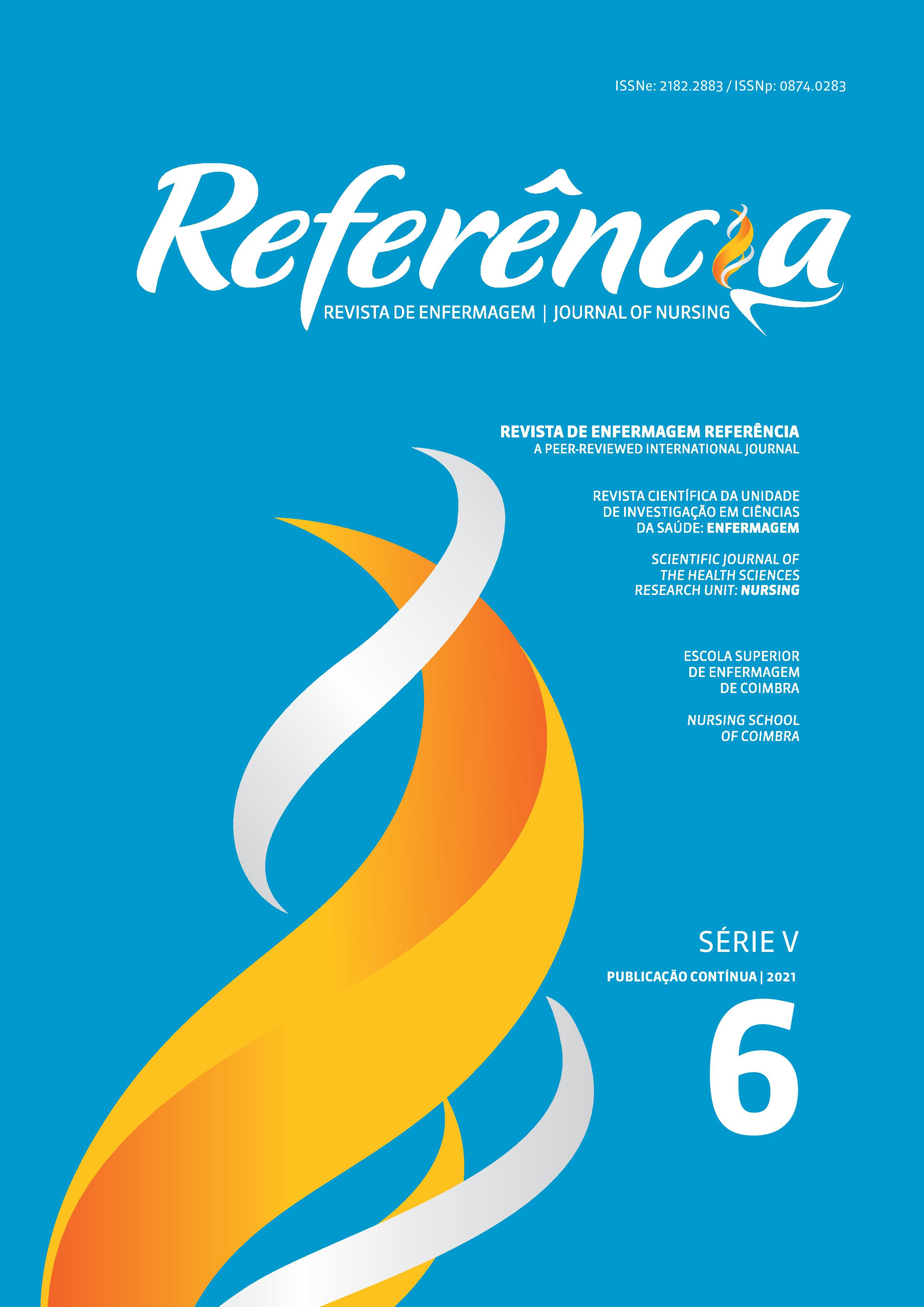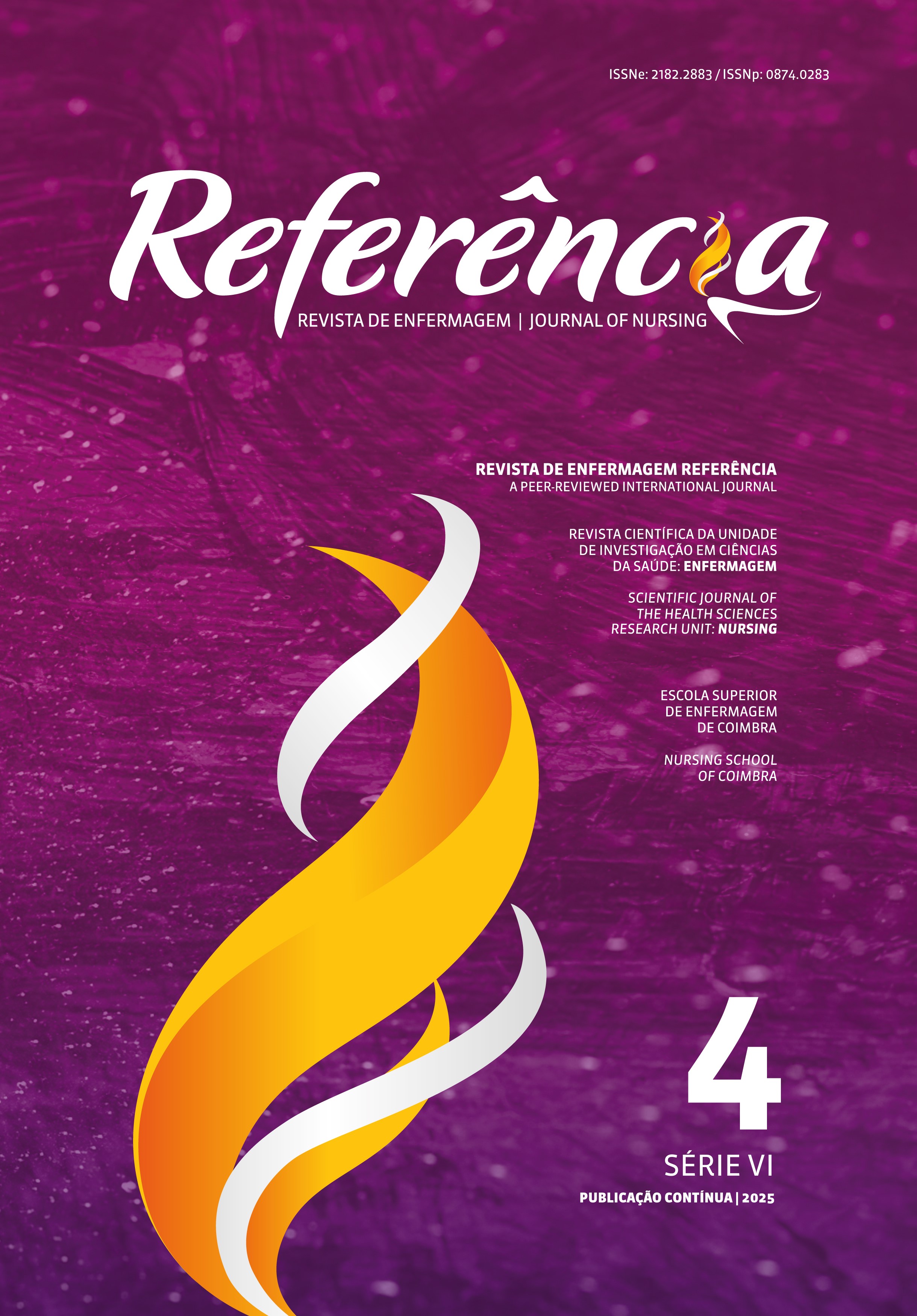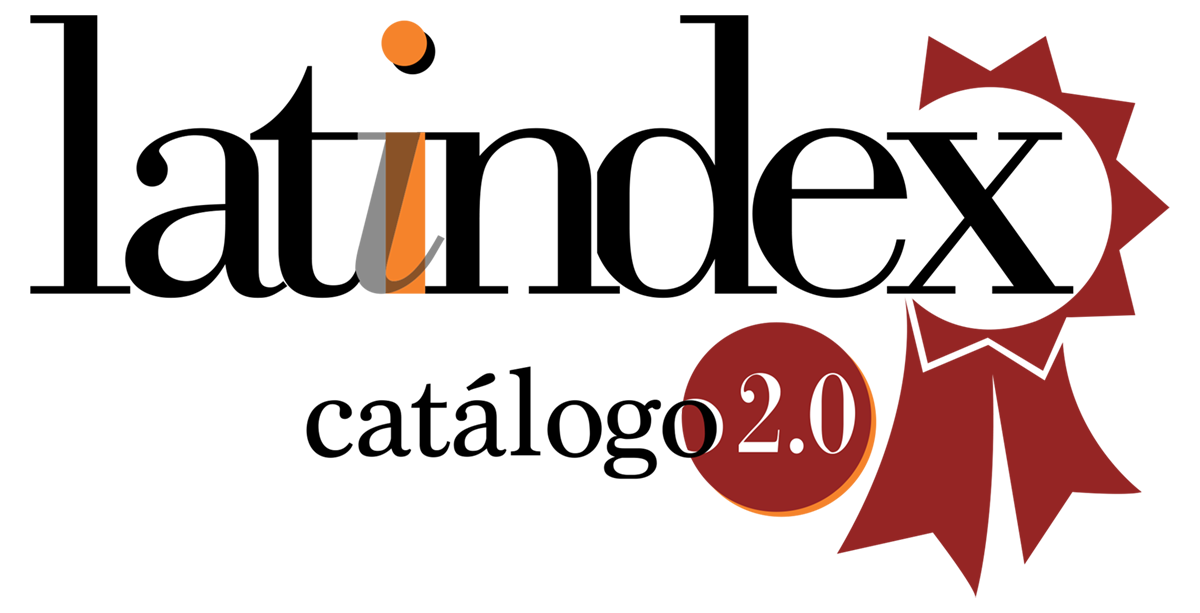Risk factors for the development of children and young people referred at a commission for the protection
DOI:
https://doi.org/10.12707/RV20046Keywords:
caregivers, danger, risk, protection, children, young peopleAbstract
Background: Helping children at risk or in danger requires careful assessment to make a sustained and coherent decision.
Objectives: To identify caregiver-related risk factors that jeopardize the lives of children and young people referred to a Commission for the Protection of Children and Young People (CPCJ).
Methodology: This descriptive exploratory study with a qualitative approach was conducted between October and December 2018 with a sample of 20 case files of children/young people referred to a CPCJ. The information collected from the case files was analyzed using Bardin’s technique.
Results: The majority of caregivers are the parents (54%). Neglect was the most common problem among the children referred to the CPCJ. The following risk factors were highlighted: the family’s financial conditions; needs inherent to the child’s development; discipline methods; communication problems; mental health problems; lack of extended family support; and family relationship patterns.
Conclusion: Risk factors were identified that could contribute to the development of an instrument for a concerted assessment adjusted to the families’ needs.
Downloads
References
Bardin, L. (2015). Análise de Conteúdo. Edições 70.
Benbenishty, R., Davidson-Aradb, B., López, M., Devaney, J., Spratt, T., Koopmans, C., Knorth, E. J., Witteman, C. L., Valle, J. F., & Hayes, D. (2015). Decision making in child protection: Na international comparative study on maltreatment substantiation, risk assessment and interventions recommendations, and the role of professionals’ child welfare attitudes. Child Abuse & Neglect, 49, 63-75. https://doi.org/10.1016/j.chiabu.2015.03.015
U.S. Department of Health & Human Services. (2019). Children’s Bureau. https://www.acf.hhs.gov/cb/about/what-we-do
Comissão Nacional de Promoção dos Direitos e Proteção das Crianças e Jovens. (2019). Avaliação da atividade das CPCJ. https://www.cnpdpcj.gov.pt/inicio
Davidson, R., Tomlinson, C., Beck, C., & Bowen, A. (2019). The revolving door of families in the child welfare system: Risk and protective factors associated with families returning. Children and Youth Services Review, 100, 468-479. https://doi.org/10.1016/j.childyouth.2019.03.012
Duffy, J. Y., Hughes, M., Asnes, A. G., & Leventhal, J. M. (2015). Child maltreatment and risk patterns among participants in a child abuse prevention program a child abuse prevention program. Child Abuse & Neglect, 44, 184-193. https://doi.org/10.1016/j.chiabu.2014.11.005
Francisco, R., Pinto, J. C., & Pinto, H. R. (2016). Família e psicologia: Contributos para a investigação e intervenção. Universidade Católica.
Fuller, T. L., Paceley, M. S., & Schreiber, J. C. (2015). Differential response family assessments: Listening to what parents say about service helpfulness. Child Abuse & Neglect, 39, 7-17. https://doi.org/10.1016/j.chiabu.2014.05.010
Glad, J., Jergeby, U., Gustafsson, C., & Sonnander, K. (2014). Social worker and teacher apprehension of children’s stimulation and support in the home environment and caregiver perception of the HOME Inventory in Sweden. British Journal of Social Work, 44(8), 2218–2236. https://doi.org/10.1093/bjsw/bct075
Goltz, H. H., Mena, K. C., & Swank, P. R. (2014). Using growth curve analysis to examine challenges in instrumentation in longitudinal measurement in home visiting. Journal of Evidence-Based Social Work, 11(1-2), 127-138. https://doi.org/10.1080/15433714.2013.845025
Jenkins, B. Q., Tilbury, C., Hayes, H., & Mazerolle, P. (2018). Factors associated with child protection recurrence in Australia. Child Abuse & Neglect, 81, 181-191. https://doi.org/10.1016/j.chiabu.2018.05.002
Laslett, A.-M., Room, R., & Dietze, P. (2014). Substance misuse, mental health problems and recurrent child maltreatment. Emerald Group Publishing Limited, 7(1), 15-23. https://doi.org/10.1108/ADD-11-2013-0026
Loman, A. L., & Siegel, G. L. (2015). Effects of approach and services under differential response on long term child safety and welfare. Child Abuse & Neglect, 39, 86-97. https://doi.org/10.1016/ j.chiabu.2014.05.014
Malo, C., Moreau, J., Lavergne, C., & Hélie, S. (2016). Psychological maltreatment, the under-recognized violence against children: A new portrait from Quebec. Child Welfare, 95, 77-99.
Pelton, L. (2015). The continuing role of material factors in child maltreatment and placement. Child Abuse & Neglect, 41, 30-39. https://doi.org/10.1016/j.chiabu.2014.08.001
Schneiderman, I., Zagoory-Sharon, O., Leckman, J. F., & Feldman, R. (2012). Oxytocin during the initial stages of romantic attachment: Relations to couples’ interactive reciprocity. Psychoneuroendocrinology, 37(8), 1277-1285. https://doi.org/10.1016/j.psyneuen.2011.12.021
Schreiber, J., Fuller, T., & Paceley, M. (2013). Engagement in child protective services: Parent perceptions of worker skills. Children and Youth Services Review, 35(4), 707-715. https://doi.org/10.1016/j.childyouth.2013.01.018
Toros, K., DiNitto, D. M., & Tiko, A. (2018). Family engagement in the child welfare system: A scoping review. Children and Youth Services Review, 88, 598-607. https://doi.org/10.1016/j.childyouth.2018.03.011
Ward, H., Brown, R., & Hyde-Dryden, G. (2014). Assessing parental capacity to change when children are on the edge of care: An overview of current research evidence. Loughborough University, Department for Education. https://www.gov.uk/government/uploads/system/uploads/attachment_data/file/330332/RR369_Assessing_parental_capacity_to_change_Final.pdf






















